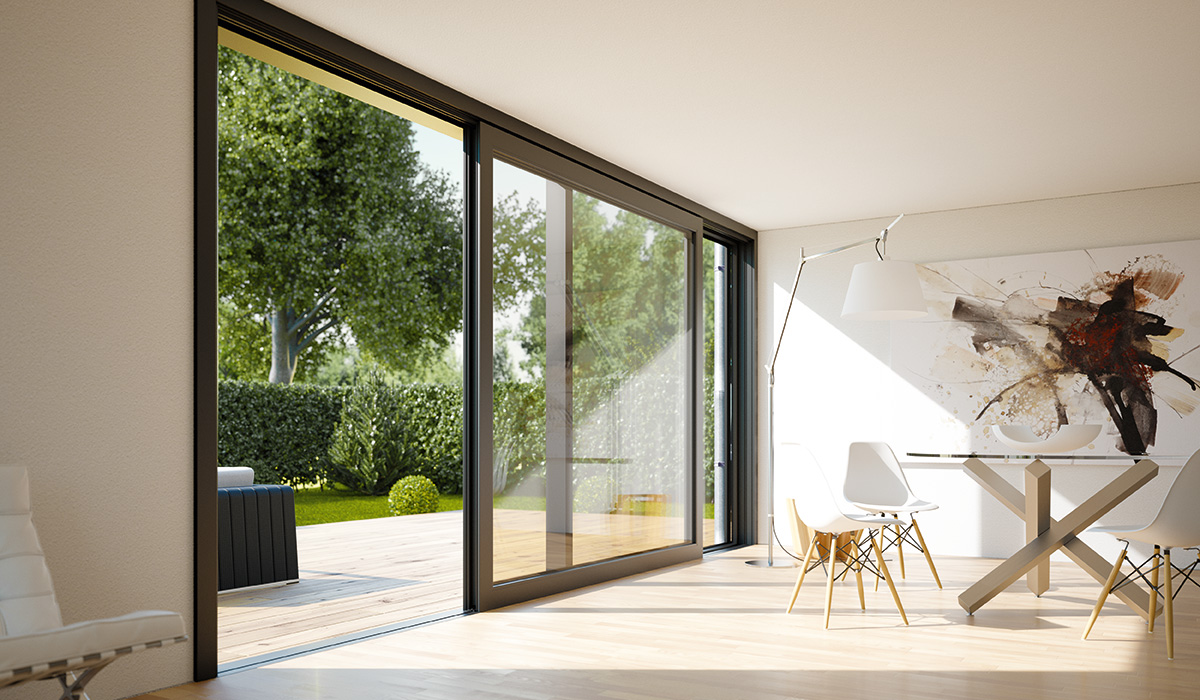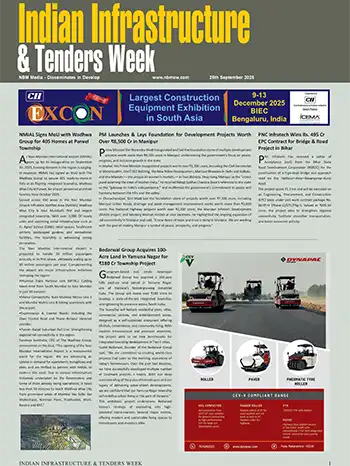Amir Hashmi, Chief Sales & Marketing Officer, profine India Window Technology
In the last 100 years, mankind has done wonders and achieved newer heights in terms of innovation and better resources that are making our life easy. But at the same time, these innovations have brought new challenges like damage to the environment and depletion of natural resources. It is important, therefore, that while developing products that bring us comfort and convenience, we must also ensure that they do not harm the environment, either directly or indirectly.

In India, there is a huge scope for infrastructure development and modernization, as 65% of the country still has basic infrastructure. Here, I would like to emphasize the need for sustainable, eco-friendly building materials that are environment safe, recyclable, and reusable.
uPVC is one such highly popular material that is used in manufacturing doors and windows. It is 100% recyclable, natural, and sustainable as it can be recycled many times without losing its physical properties and performance. Its characteristics like strength, surface finish, and resistance to adverse weather conditions, remain intact for its entire service life.
uPVC is 100% recyclable, natural, and sustainable as it can be recycled many times without losing its performance, strength, surface finish, and resistance to adverse weather conditions.
Amir Hashmi
Koemmerling pioneering sustainable window and door systems
Koemmerling, a global leader in the fenestration industry with a rich legacy of making superior quality doors and windows for over 125 years, has been promoting sustainability with its eco-friendly materials that have the smallest carbon footprint. Our R&D division is constantly working on solutions for contributing to the circular economy with material loops that span manufacturing, raw materials procurement by our vendors/end-users, usage, waste management, recycling and reuse.
We keep reviewing all our processes and scrutinizing every element that goes into our products to find newer and better environmentally friendly solutions. It’s a complex process as it involves experimenting, innovating, testing, and finding new paths for achieving our sustainability goals. But that’s what we have to do. By combining sustainability and quality in our products, we will benefit our customers and contribute to a greener world. Our multidisciplinary teamwork by our engineers, material experts, and our R&D team is constantly undertaking research to find ways to use less material and conserve more resources.

Why we use uPVC?
uPVC is one of the most environmentally sound materials if handled responsibly. Our windows made of uPVC have a life of about 40 years minimum, and they can be recycled eight times over. We have done without lead as a stabiliser in our virgin material and have opted for the environmentally friendly calcium-zinc-based stabiliser.
Koemmerling window and door systems have computer-optimized designs and have intelligent chamber tems for optimum thermal insulation. Globally, our profiles are turned into ~15 million window units every year. With their outstanding thermal insulation properties, Koemmerling windows save millions of units of electricity and save tons of carbon dioxide from entering the atmosphere.















